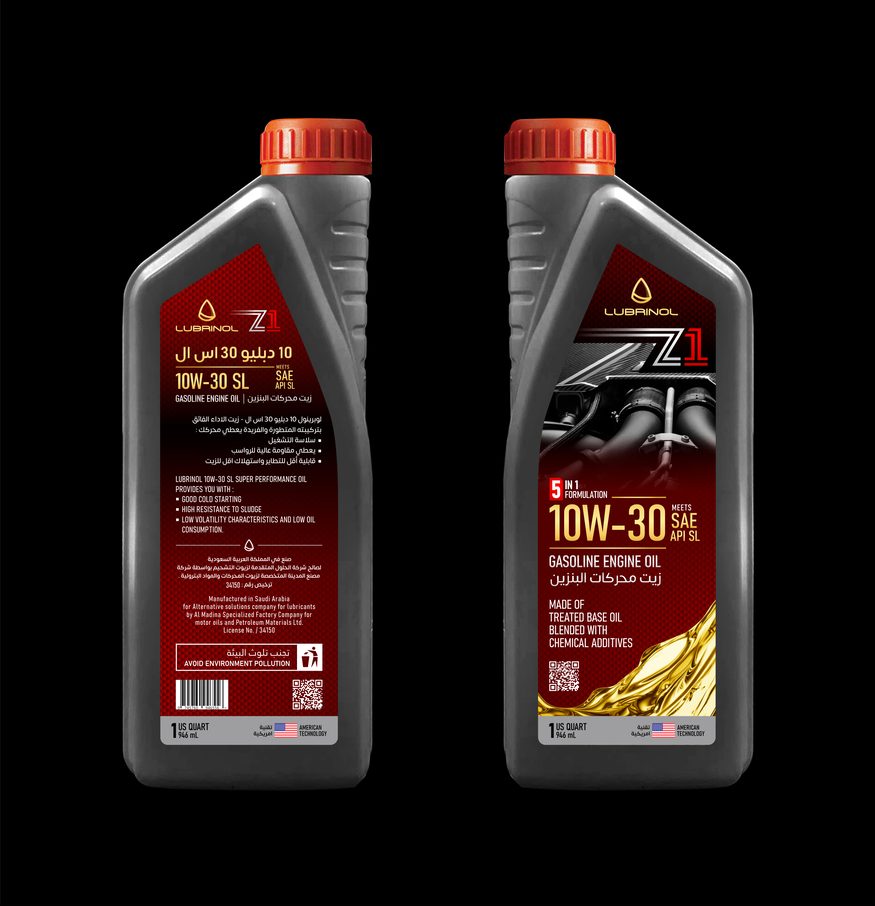- Products
- Lung Arterial High Blood Pressure: Recognizing the Quiet Awesome
Lung arterial hypertension (PAH) is an uncommon and dangerous problem that affects the arteries in the lungs and the right side of the heart. It is characterized by high blood pressure in the lung arteries, which are in charge of bring oxygenated blood from the heart to the lungs. PAH is a progressive condition that […]
Lung Arterial High Blood Pressure: Recognizing the Quiet Awesome
Lung arterial hypertension (PAH) is an uncommon and dangerous problem that affects the arteries in the lungs and the right side of the heart. It is characterized by high blood pressure in the lung arteries, which are in charge of bring oxygenated blood from the heart to the lungs. PAH is a progressive condition that can bring about heart failure and significantly minimize an individual’s lifestyle. In this post, we will dive much deeper into the causes, symptoms, diagnosis, and treatment alternatives for pulmonary arterial hypertension.
The Root Causes Of Pulmonary Arterial Hypertension
Pulmonary arterial hypertension can be identified right into 2 main categories: idiopathic (unidentified reason) and linked (secondary to another underlying condition). Idiopathic pulmonary arterial hypertension (IPAH) describes cases where the cause is unknown, while associated PAH happens along with other medical problems. Some of the affiliated problems that can lead to the growth of PAH include:
- Connective cells conditions (such as systemic sclerosis or lupus)
- Genetic heart illness
- Persistent liver illness
- HIV infection
- Persistent obstructive lung illness (COPD)
- Portal high blood pressure
- Use of certain medications or drugs, such as cravings suppressants or cocaine
It is necessary to note that while these conditions might increase the danger of establishing PAH, not everybody with these problems will create the disease. The specific systems that lead to the growth of PAH are still not totally understood, and additional research is needed to reveal all the underlying causes.
Symptoms of Pulmonary Arterial Hypertension
The signs of pulmonary arterial hypertension can be nonspecific and frequently go unnoticed or are mistaken for various other problems. This postponed acknowledgment can cause a hold-up in diagnosis and treatment. Typical symptoms of PAH include:
- Lack of breath, particularly throughout physical activity
- Fatigue and weakness
- Chest pain or rigidity
- Fast heart beat
- Passing out or dizziness
- Swelling in the ankle joints, legs, or abdomen
- Blue lips or skin (cyanosis)
If you experience any of these signs and symptoms, it is vital to speak with a health care professional for an appropriate evaluation and medical diagnosis.
Identifying Lung Arterial Hypertension
Diagnosing pulmonary arterial hypertension entails an extensive assessment that consists of an extensive case history, physical examination, and different diagnostic tests. The healthcare professional will aim to identify the underlying source of PAH, analyze the intensity of the condition, and develop a suitable treatment strategy. Several of the typical diagnostic examinations used in the examination of PAH consist of:
- Echocardiogram: This non-invasive examination uses acoustic waves to produce photos of the heart and evaluate its framework and function.
- Right heart catheterization: In this treatment, a slim tube is put into the lung artery to measure the blood pressure in the heart and lungs properly.
- Pulmonary function examinations: These examinations examine lung feature and aid dismiss various other breathing problems that might imitate PAH signs.
- CT scan or MRI: These imaging tests can give comprehensive images of the heart and lungs and aid determine any kind of structural abnormalities.
- Blood tests: Particular blood examinations can assist spot markers related to PAH and evaluate the overall wellness of the person.
Early and precise diagnosis is crucial for managing PAH effectively and enhancing lasting outcomes.
Treatment Choices for Pulmonary Arterial High Blood Pressure
While there is currently no treatment for lung arterial high blood pressure, different treatment choices are available to handle signs and symptoms, sluggish illness development, and boost quality of life. The therapy plan for PAH is very personalized and tailored based upon the underlying reason, intensity of signs and symptoms, and total health of the person. A few of the usual therapy approaches for PAH consist of:
- Drugs: Several drugs are utilized to unwind and broaden the blood vessels in the lungs, reduce embolism development, and enhance heart feature.
- Oxygen treatment: Supplemental oxygen might be prescribed to enhance oxygen degrees in the blood and alleviate signs of shortness of breath.
- Exercise and recovery programs: These programs aim to enhance cardiovascular fitness and muscular tissue strength, resulting in far better general health and wellness and wellness.
- Lung transplantation: In serious instances where various other treatment options have actually stopped working, lung transplantation may be considered as a last resource.
It is critical for people with PAH to receive recurring healthcare and carefully follow their therapy plan to properly handle the condition and protect against problems.
Conclusion
Pulmonary arterial high blood pressure is a complex and tough problem that requires a multidisciplinary strategy for proper medical diagnosis and monitoring. Early recognition of signs and symptoms, punctual tonerin medicamento para que sirve clinical examination, and proper therapy can considerably improve results and improve the quality of life for individuals living with PAH. Recurring research and improvements in treatment alternatives use expect better outcomes and a brighter future for those influenced by this silent killer.
Distribute more!
Increase your sales and get more customers with a known brand. Become part of our team and help us spread our mission.

